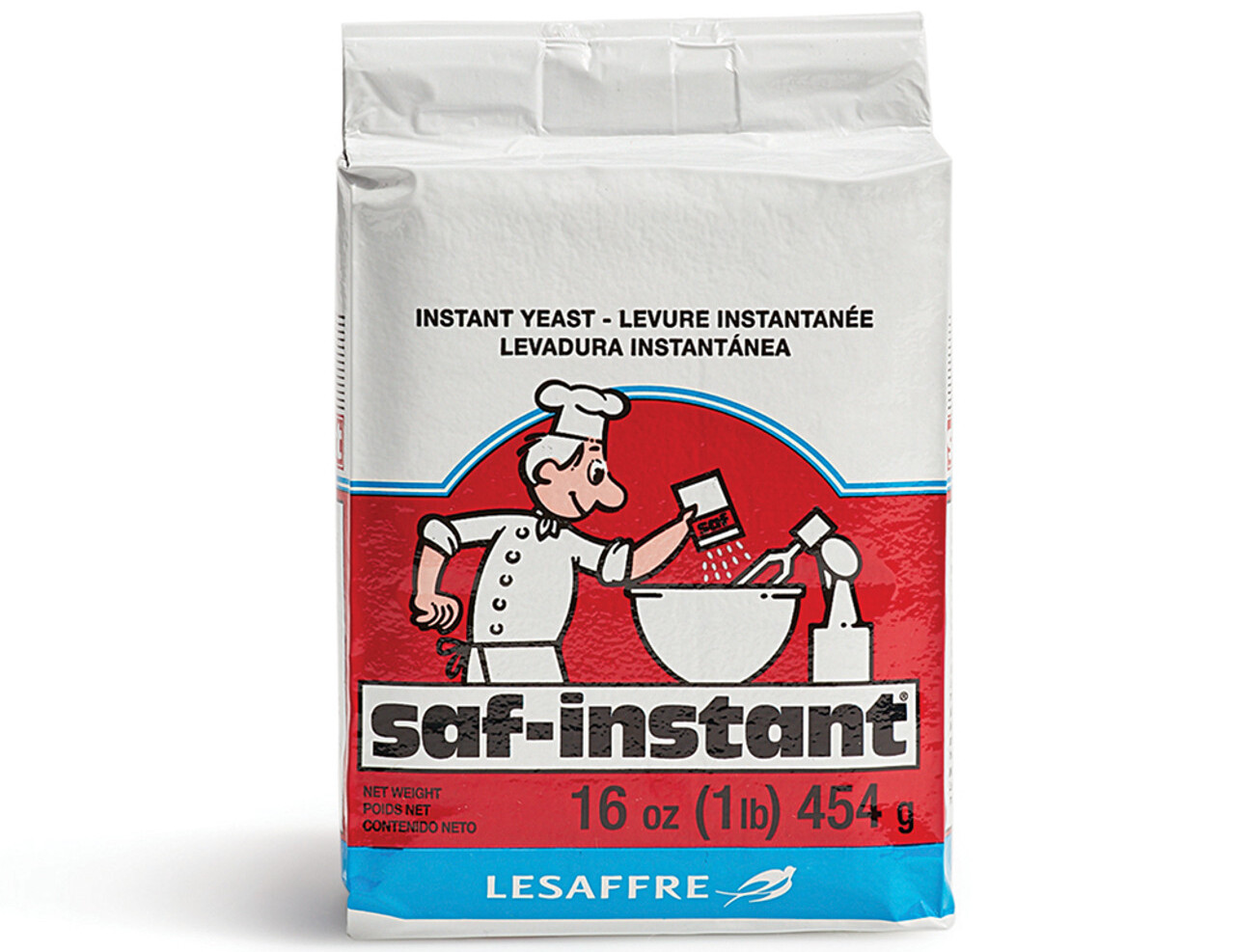

Articles
How To Store Saf Instant Yeast
Modified: February 22, 2024
Learn the best way to store SAF instant yeast and keep it fresh for longer. Read our informative articles for tips and tricks to maximize yeast shelf life.
(Many of the links in this article redirect to a specific reviewed product. Your purchase of these products through affiliate links helps to generate commission for Storables.com, at no extra cost. Learn more)
Introduction
Welcome to the world of baking, where the magic of yeast transforms simple ingredients into delicious bread, fluffy pastries, and mouthwatering pizzas. But did you know that properly storing your instant yeast is crucial for maintaining its freshness and maximizing its baking potential? In this article, we will explore the importance of storing SAF instant yeast correctly, as well as provide you with valuable tips to ensure your yeast remains potent and ready to use.
Whether you are a novice home baker or a seasoned professional, understanding how to store your yeast properly can make a significant difference in the outcome of your baked goods. Improper storage can lead to yeast losing its potency, resulting in flat, dense, or unevenly risen baked goods. By following a few simple guidelines, you can safeguard the quality of your yeast and ensure consistent and flavorful results every time.
So, let’s dive into the world of yeast storage and discover how you can keep your SAF instant yeast fresh and ready for all your baking adventures!
Key Takeaways:
- Properly storing SAF instant yeast is crucial for maintaining its freshness and effectiveness, ensuring beautifully risen and delicious baked goods every time.
- Labeling, organization, and regular monitoring of yeast viability are key to maintaining a fresh and efficient yeast supply for successful baking adventures.
Read more: How To Store Instant Yeast
Importance of Proper Storage
Properly storing SAF instant yeast is vital for maintaining its quality and effectiveness. When yeast is exposed to unfavorable conditions such as moisture, heat, or light, its viability becomes compromised. This can lead to a decrease in yeast activity, resulting in baked goods that fail to rise properly or lack the desired texture.
By implementing proper storage techniques, you can ensure that your yeast remains active and potent, ready to leaven your dough and create beautifully risen baked goods.
One of the primary reasons for proper yeast storage is to maintain its freshness. Instant yeast has a longer shelf life compared to active dry yeast, but it still requires careful handling to preserve its quality. Fresh yeast produces a higher volume of carbon dioxide during fermentation, which leads to better dough structure and improved texture in your baked goods.
Additionally, storing SAF instant yeast correctly helps to preserve the rich flavor profiles it offers. Yeast contributes to the development of complex flavors during the fermentation process. By keeping it fresh, you can enhance the taste of your breads, pastries, and other yeast-based treats.
Proper yeast storage also ensures consistent results. When yeast is stored in suboptimal conditions, it might lose its potency, leading to unpredictable fermentation and uneven rising of the dough. By maintaining the quality of your yeast, you can achieve reliable and uniform results with every bake.
Furthermore, proper yeast storage can save you money by preventing waste. When yeast is not stored correctly, its viability diminishes, and it may no longer be suitable for baking. By using good storage practices, you can extend the lifespan of your yeast, minimizing the need for frequent replacement.
Now that we understand the importance of proper yeast storage, let’s explore the specific techniques and considerations to ensure your SAF instant yeast stays fresh and active.
Choosing the Right Container
When it comes to storing SAF instant yeast, choosing the right container is essential. The ideal container should provide airtight protection and prevent moisture and air from entering, which can greatly affect yeast viability.
First and foremost, opt for a container that is specifically designed for dry ingredient storage. Look for containers made from food-grade materials such as glass or BPA-free plastic. These materials are non-reactive and will not impart any unwanted flavors or odors to your yeast.
Avoid using containers that are not airtight, such as paper bags or open plastic bags. These types of containers do not offer sufficient protection against moisture and air, leading to a shorter shelf life for your yeast.
Instead, choose an airtight container with a secure lid. This will create a barrier against moisture and air, keeping your yeast fresh and potent for a longer period. The container should have a tight seal to prevent any air leaks. Air exposure can cause the yeast to degrade and lose its efficacy.
It is advisable to select a container size that is appropriate for the amount of yeast that you typically use. A smaller container will help minimize the empty space, reducing the chances of moisture or air accumulation.
If you buy yeast in bulk, consider dividing it into smaller portions and storing them separately. This will help maintain the freshness of the unused yeast while protecting it from repeated exposure to the outside environment.
By choosing the right container, you can keep your SAF instant yeast safe from moisture and air, ensuring its viability and longevity.
Temperature and Humidity Considerations
Proper temperature and humidity control are crucial factors in storing SAF instant yeast correctly. Yeast is a living organism, and extreme temperatures and excessive humidity can impact its activity and viability.
It is important to store yeast in a cool and dry location. Yeast is highly sensitive to heat, and exposure to high temperatures can lead to a decrease in its potency. Avoid storing yeast near appliances that generate heat or in areas of direct sunlight.
The ideal temperature for yeast storage is between 35°F and 45°F (2°C and 7°C). This temperature range helps to preserve the yeast’s activity and extend its shelf life. Most refrigerators provide a suitable environment for yeast storage. Place your yeast container in the refrigerator, preferably in the colder regions of the fridge, such as the back or the vegetable drawer.
On the other hand, extreme cold temperatures should also be avoided. Freezing yeast can cause damage to its cell structure, resulting in a loss of viability. While refrigeration is beneficial, keep in mind that freezing is not recommended.
In addition to temperature, humidity levels should be considered. Yeast has a preference for low humidity environments. Excessive moisture in the storage area can cause clumping or clumping of yeast granules, affecting its ability to dissolve and activate properly in your recipes. It is recommended to store yeast in a humidity-controlled environment.
Consequently, to maintain proper temperature and humidity conditions, it is best to keep yeast away from areas such as the pantry or the kitchen counter where temperature and humidity fluctuations are more likely to occur. Instead, choose a stable and controlled environment, such as a dedicated baking pantry, or store in the refrigerator to ensure optimal storage conditions.
By paying attention to temperature and humidity considerations, you can prolong the shelf life and maintain the activity of your SAF instant yeast, allowing for consistent and reliable baking results.
Avoiding Exposure to Light
Another important factor to consider when storing SAF instant yeast is to avoid exposure to light. Yeast is sensitive to ultraviolet (UV) light, which can degrade its viability and affect its performance.
UV light, whether natural sunlight or artificial sources, can cause a breakdown of the yeast cells and reduce their ability to ferment and leaven the dough. Overexposure to light can result in weakened yeast activity, leading to poor rise and texture in your baked goods.
To protect your yeast from light, make sure to choose an opaque container for storage. Opt for containers that are not translucent or transparent, such as dark-colored glass or non-transparent plastic. These types of containers will shield the yeast from UV light and keep it in a dark environment.
Furthermore, limit the amount of time your yeast is exposed to light during handling. When measuring out the yeast for your recipes, do it quickly and place it back in its storage container as soon as possible. Avoid leaving the container open on the countertop for extended periods.
If you store your yeast in the refrigerator, ensure that the container is not exposed to direct light when you open the fridge door. Position the container in a way that it is shielded from any potential light exposure.
By avoiding exposure to light, you can preserve the integrity and effectiveness of your SAF instant yeast, ensuring optimal baking results every time.
Store SAF instant yeast in an airtight container in the refrigerator or freezer to extend its shelf life. Make sure to bring it to room temperature before using.
Read more: How To Store Yeast
Best Storage Locations
Choosing the right storage location for your SAF instant yeast is crucial for maintaining its freshness and effectiveness. Here are some of the best storage locations to consider:
- Refrigerator: The refrigerator is one of the best storage locations for yeast. It provides a cool and controlled environment, keeping the yeast fresh for an extended period. Place your yeast container in the refrigerator, away from any heat sources and excessive light exposure.
- Baking Pantry: If you have a dedicated space in your kitchen for baking supplies, such as a baking pantry, it can be an ideal location for storing your yeast. Ensure that the pantry is cool and dry, away from direct sunlight, and temperature fluctuations. Keep the yeast container in a dark corner of the pantry, preferably in an airtight container to protect it from moisture and external contaminants.
- Cool and Dark Cupboard: If you don’t have a baking pantry, a cool and dark cupboard can be a suitable alternative. Choose a cupboard that is away from the stove or any heat-emitting appliances. Make sure the cupboard isn’t exposed to direct sunlight during the day. Keep the yeast container in the back of the cupboard, where it’s cool and shielded from light.
- Freezer: While refrigeration is recommended, freezing yeast is not. However, if you need to store yeast for an extended period, freezing can be an option. Divide the yeast into small airtight portions and place them in a freezer-safe container or freezer bags. When you’re ready to use the yeast, be sure to thaw it gradually in the refrigerator before incorporating it into your dough.
Remember, regardless of the storage location you choose, it’s essential to maintain consistent temperature and humidity within that space. Avoid areas prone to temperature and humidity fluctuations, as well as exposure to light, moisture, and excessive heat.
By storing your SAF instant yeast in the best locations, you can help preserve its freshness and activity, ensuring delightful and successful baking experiences.
Labeling and Organization Tips
Keeping your SAF instant yeast properly labeled and organized is essential for easy accessibility and to ensure its freshness. With these labeling and organization tips, you can maintain an efficient baking pantry or storage area:
- Labeling: Clearly label your yeast containers with the date of purchase or expiration. This will help you keep track of the freshness of your yeast and avoid using expired or ineffective yeast in your recipes. Use waterproof labels or permanent markers to ensure the labels remain intact and legible.
- First In, First Out (FIFO): Follow the “First In, First Out” principle when organizing your yeast supply. Place the newer containers of yeast at the back of the storage area or pantry and the older ones at the front. This practice ensures that you use the oldest yeast first, preventing any yeast from expiring before its intended use.
- Separate Bulk and Small Containers: If you buy yeast in bulk, consider transferring a portion of it into smaller airtight containers for everyday use. Clearly label each container, indicating the quantity and expiration date. By separating the bulk yeast from the smaller containers, you can minimize the risk of exposing your entire yeast supply each time you need to use it.
- Categorize by Type: If you have different types of yeast, such as instant yeast, active dry yeast, or sourdough starter, consider categorizing them separately. This makes it easier to locate the specific yeast you need for a particular recipe and prevents confusion.
- Storage Bins or Racks: Use storage bins or racks to keep your yeast containers organized. This helps maximize space, prevents clutter, and makes it easier to access and rotate your yeast supply. Consider using stackable bins or clear containers for better visibility.
- Inventory Checklist: Maintain an inventory checklist of your yeast supply. Regularly update it to keep track of the quantity, expiration dates, and restocking needs. This helps ensure that you always have a fresh and adequate supply of yeast on hand.
By implementing these labeling and organization tips, you can streamline your baking process, avoid waste, and ensure your SAF instant yeast remains fresh and accessible for all your delicious creations.
Monitoring and Testing Yeast Viability
To ensure the effectiveness of your SAF instant yeast, it’s important to monitor its viability over time. Here are some key methods for monitoring and testing the viability of your yeast:
- Check Expiration Dates: Always check the expiration dates on your yeast containers. Using yeast that has expired can result in poor rise and texture in your baked goods. Discard any yeast that has passed its expiration date and replace it with fresh yeast.
- Perform a Proofing Test: If you’re unsure about the viability of your yeast, you can conduct a simple proofing test. Dissolve a teaspoon of yeast in a small amount of warm water (around 110°F or 43°C) with a pinch of sugar. If the yeast is active, it will begin to foam and bubble within a few minutes. This indicates that the yeast is still viable and suitable for baking.
- Observe Dough Rise: When using your SAF instant yeast in a recipe, pay attention to how well the dough rises. If it fails to rise adequately or takes an unusually long time, it may indicate that your yeast is no longer active. In such cases, it’s best to replace the yeast with fresh and active yeast for optimal baking results.
- Test Small Batch: If you are uncertain about the viability of a large quantity of yeast, you can perform a test by using a small portion of it in a recipe. By doing this, you can determine if the yeast is still active before committing to a larger batch of dough. If the small test batch does not rise as expected, it’s a sign that your yeast needs to be replaced.
- Store in Smaller Portions: Dividing your yeast supply into smaller portions and storing them separately can help maintain the viability of the unused yeast. This allows you to use one portion at a time, keeping the rest of the yeast fresh and free from repeated exposure to moisture and air.
By regularly monitoring the viability of your SAF instant yeast and conducting tests when in doubt, you can ensure that your yeast is still active and capable of producing the desired rise and texture in your baked goods.
Reviving Expired Yeast
Discovering that you have expired yeast can be disappointing, but don’t despair! In some cases, expired SAF instant yeast can still be revived and regain its effectiveness. Here are some steps you can take to revive expired yeast:
- Perform a Proofing Test: Dissolve a small amount of the expired yeast (around 1 teaspoon) in warm water (around 110°F or 43°C) with a pinch of sugar. Let it sit for about 5-10 minutes. If the yeast becomes foamy and starts to bubble, it indicates that it is still alive and can be used for baking. However, if there is no reaction or very minimal activity, it may be best to replace the yeast with fresh ones.
- Feed the Yeast: If the proofing test shows little to no activity but you still want to attempt to revive the yeast, you can try “feeding” it to stimulate its growth. Mix the expired yeast with a small amount of warm water (around 110°F or 43°C) and a pinch of sugar. Let it sit for 10-15 minutes to allow the yeast to activate. If the mixture starts to foam and bubble, it indicates that the yeast is coming back to life.
- Extend Fermentation Time: If your revived yeast shows some signs of activity but still seems sluggish, you can try extending the fermentation time in your recipe. By giving the yeast more time to work, it may still be able to produce the desired rise and texture in your baked goods.
- Combine with Fresh Yeast: If your expired yeast is proving to be too weak or inactive even after attempting to revive it, you can combine it with fresh yeast. Use a smaller quantity of both the expired yeast and fresh yeast in your recipe. The active fresh yeast will help compensate for the weaker expired yeast, resulting in better fermentation and rise.
- Consider Pre-fermentation Methods: Pre-fermentation methods, such as making a preferment or poolish, can help revive expired yeast. These methods allow the yeast to develop and multiply before incorporating it into the final dough. The extended fermentation time during the pre-fermentation stage can help activate and revive the expired yeast.
While it is possible to revive expired yeast, it is important to note that the results may vary. Revived yeast may not be as potent as fresh yeast, and the rise and texture of your baked goods may not be the same as when using fresh yeast. It is always recommended to use fresh, active yeast for the best baking results.
If all efforts to revive the expired yeast prove unsuccessful, it is best to discard it and replace it with fresh SAF instant yeast to ensure optimal performance and consistent baking results.
Read more: How To Store Brewers Yeast
Conclusion
Properly storing SAF instant yeast is essential for maintaining its freshness and effectiveness in your baking endeavors. By following the guidelines outlined in this article, you can ensure that your yeast remains potent, allowing you to create beautifully risen and delicious baked goods every time.
We have explored the importance of proper storage, including choosing the right container that provides airtight protection, considering temperature and humidity control, and avoiding exposure to light. By implementing these practices, you can preserve the viability and freshness of your yeast for a longer period.
Additionally, we discussed the significance of labeling and organization to keep track of your yeast supply and maintain an efficient baking area. By using the first-in, first-out method and categorizing your yeast, you can ensure that you always have fresh yeast on hand for your recipes.
We also discussed monitoring and testing yeast viability, including checking for expiration dates, performing proofing tests, and observing dough rise. These methods help you determine the effectiveness of your yeast and decide whether to use it or replace it with fresh yeast.
Lastly, we explored the possibility of reviving expired yeast, noting that while it is possible to bring it back to life, the results may not be as consistent as with fresh yeast. It is recommended to use fresh yeast for optimal baking results. If attempts to revive expired yeast are unsuccessful, it is best to discard it and replace it with fresh yeast.
By following these guidelines for proper storage, organization, and monitoring, you can ensure that your SAF instant yeast remains potent and ready to create delightful and flavorful baked goods. So, embrace the magic of yeast and enjoy your baking adventures! Happy baking!
Frequently Asked Questions about How To Store Saf Instant Yeast
Was this page helpful?
At Storables.com, we guarantee accurate and reliable information. Our content, validated by Expert Board Contributors, is crafted following stringent Editorial Policies. We're committed to providing you with well-researched, expert-backed insights for all your informational needs.
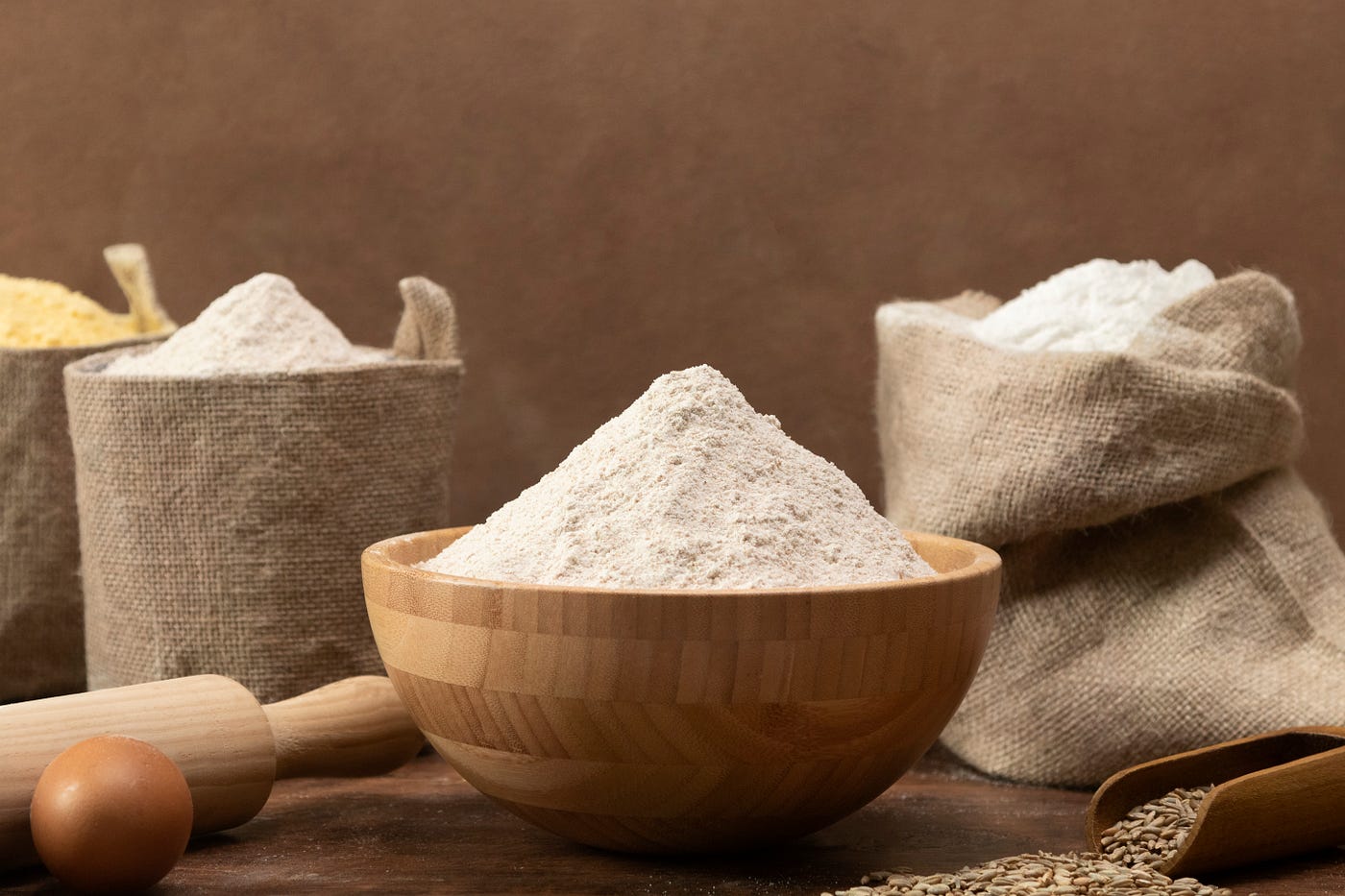
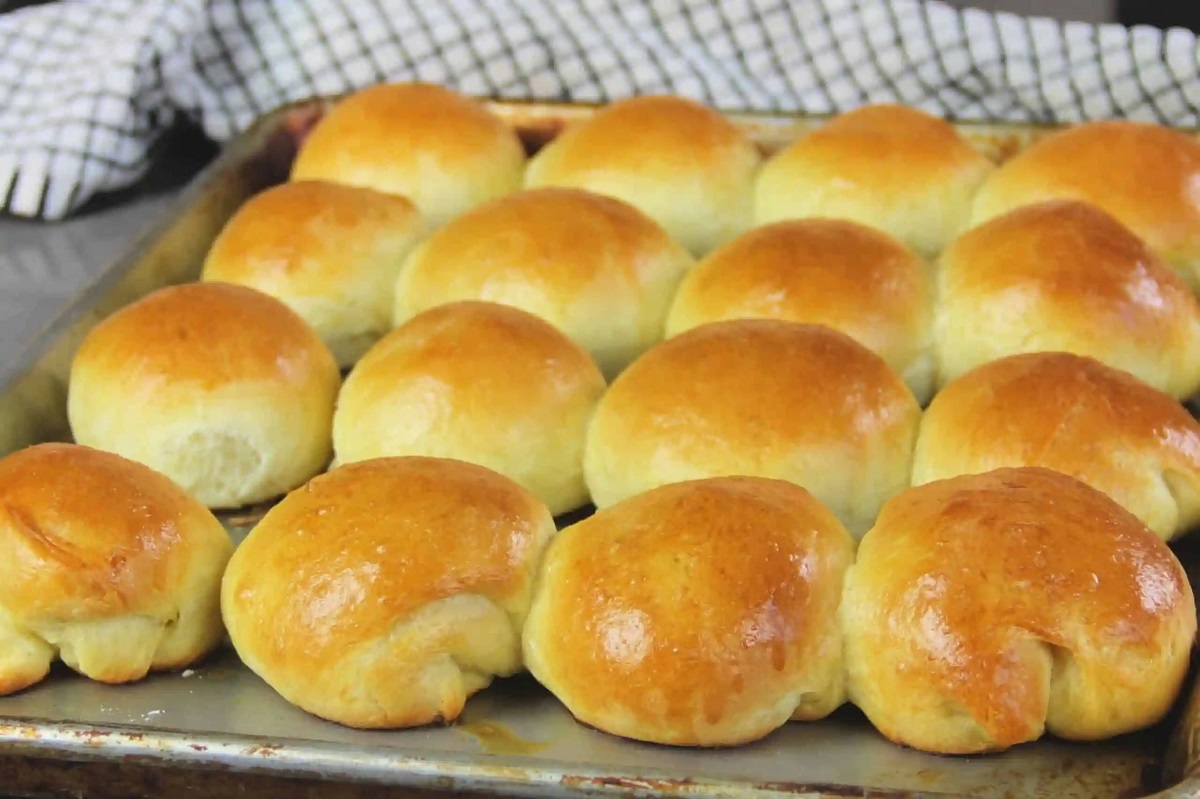
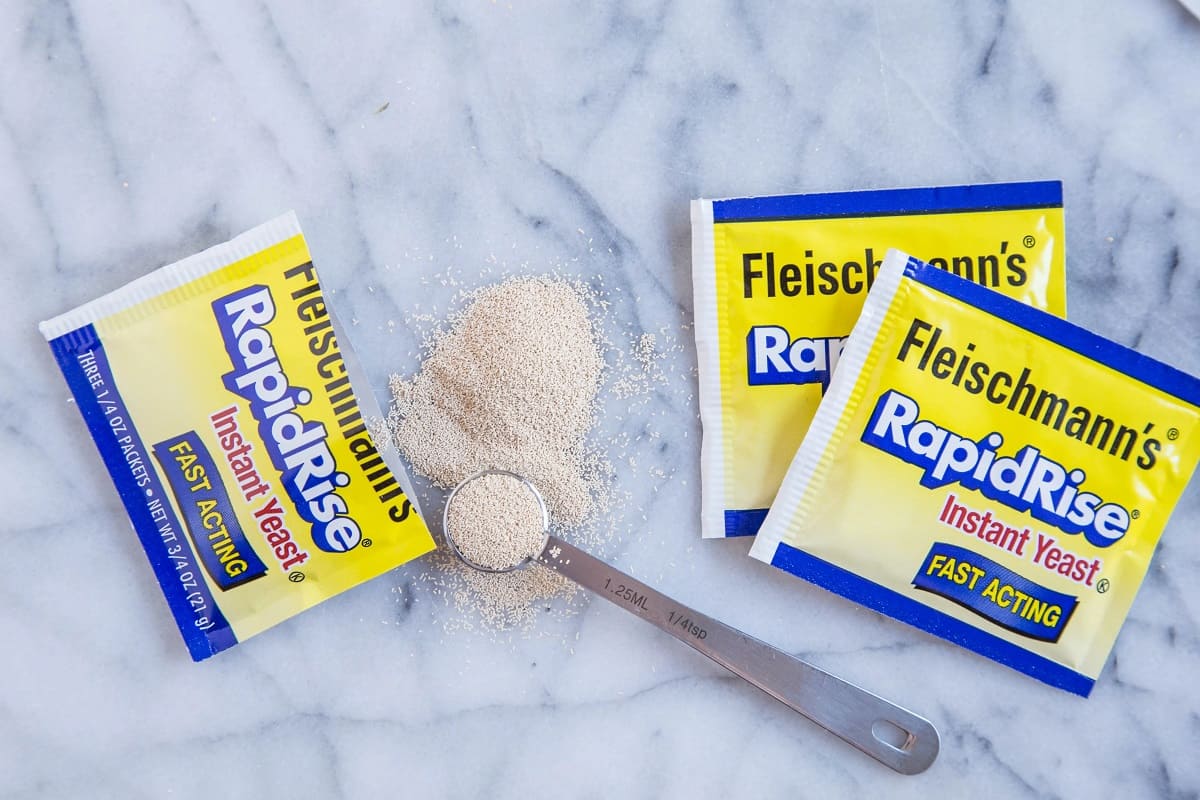
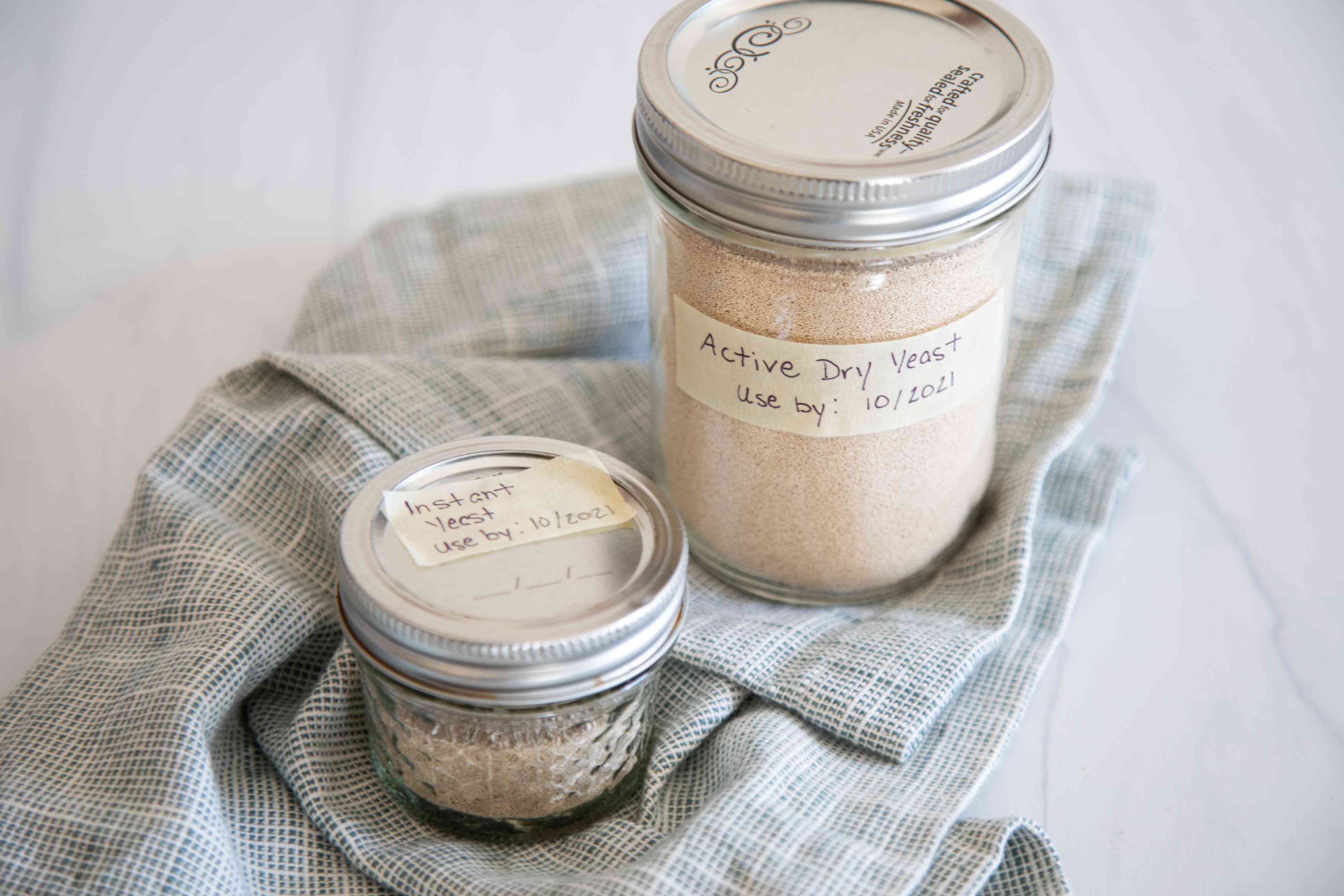
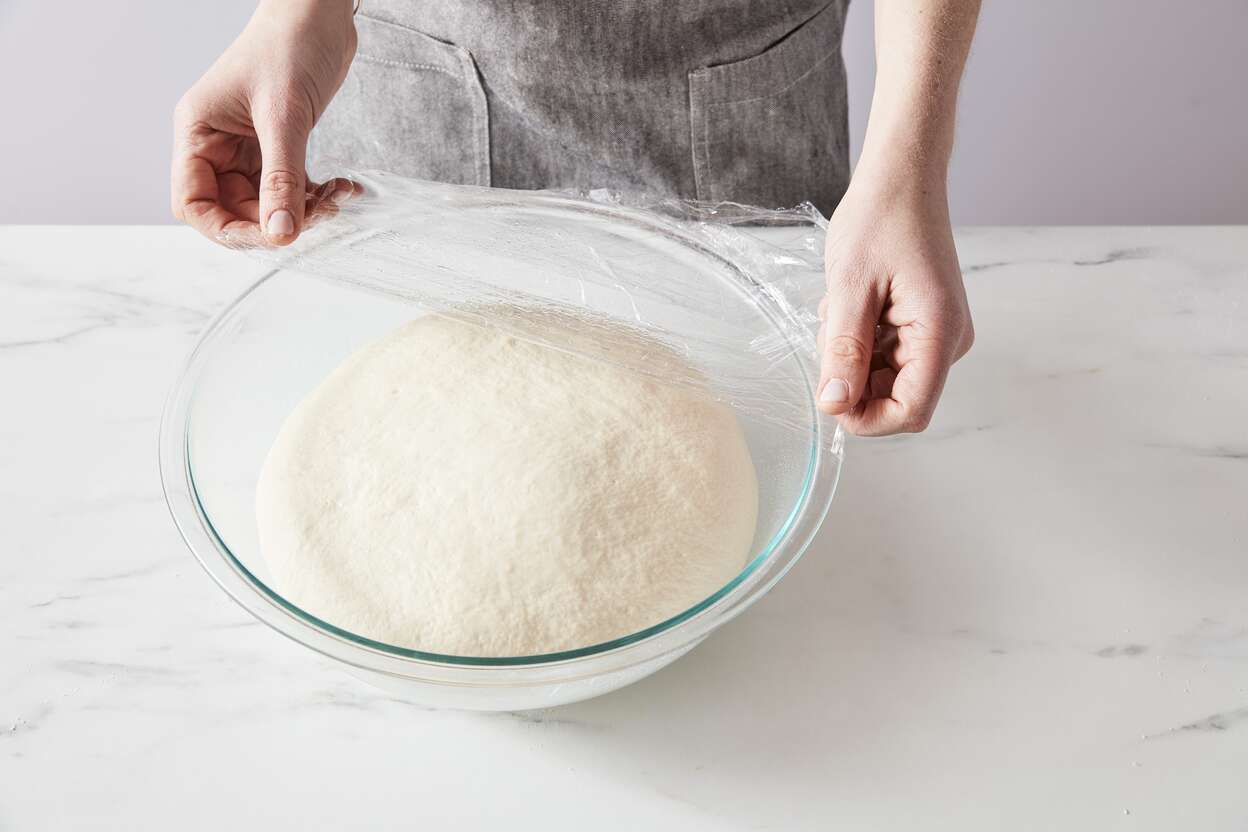
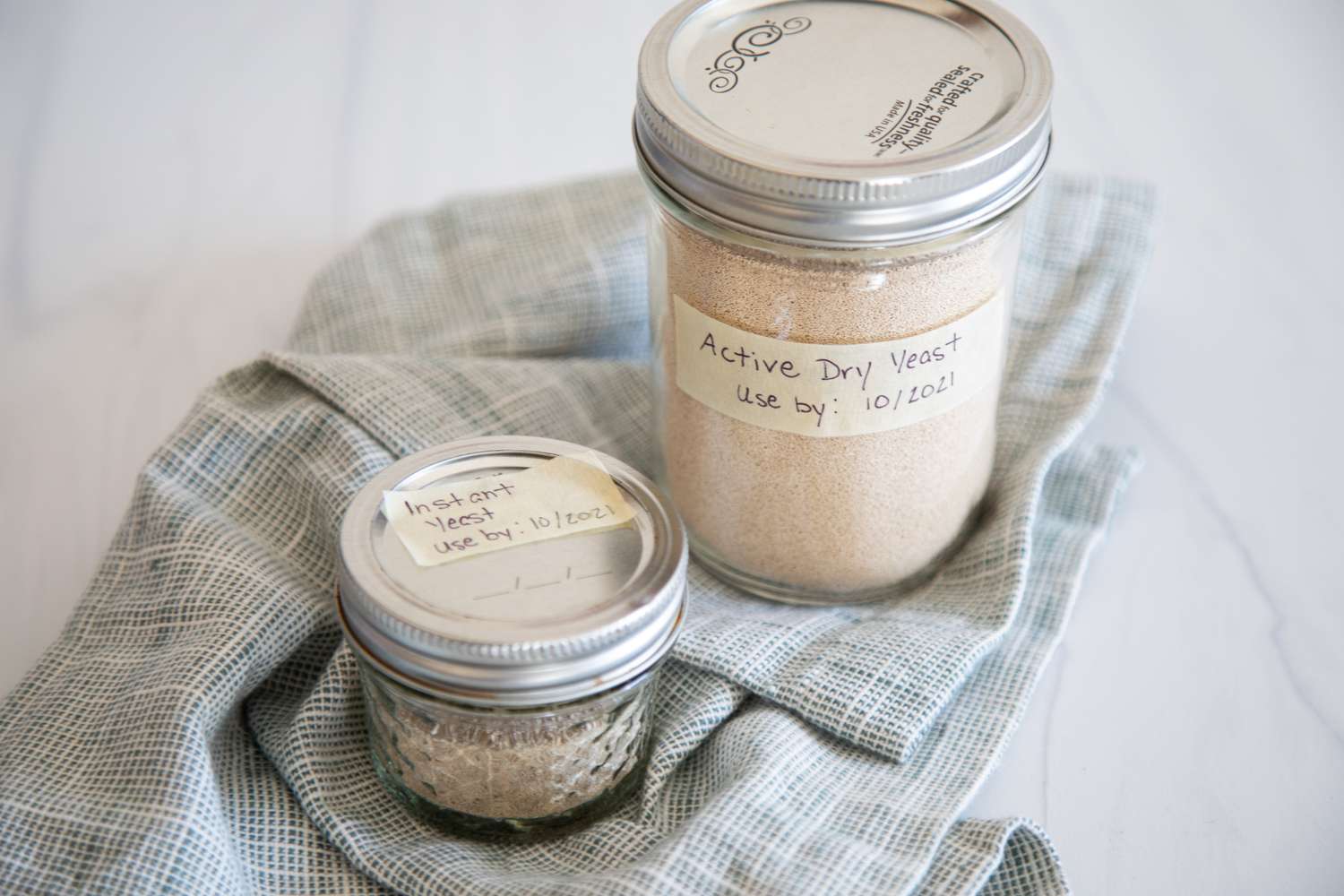
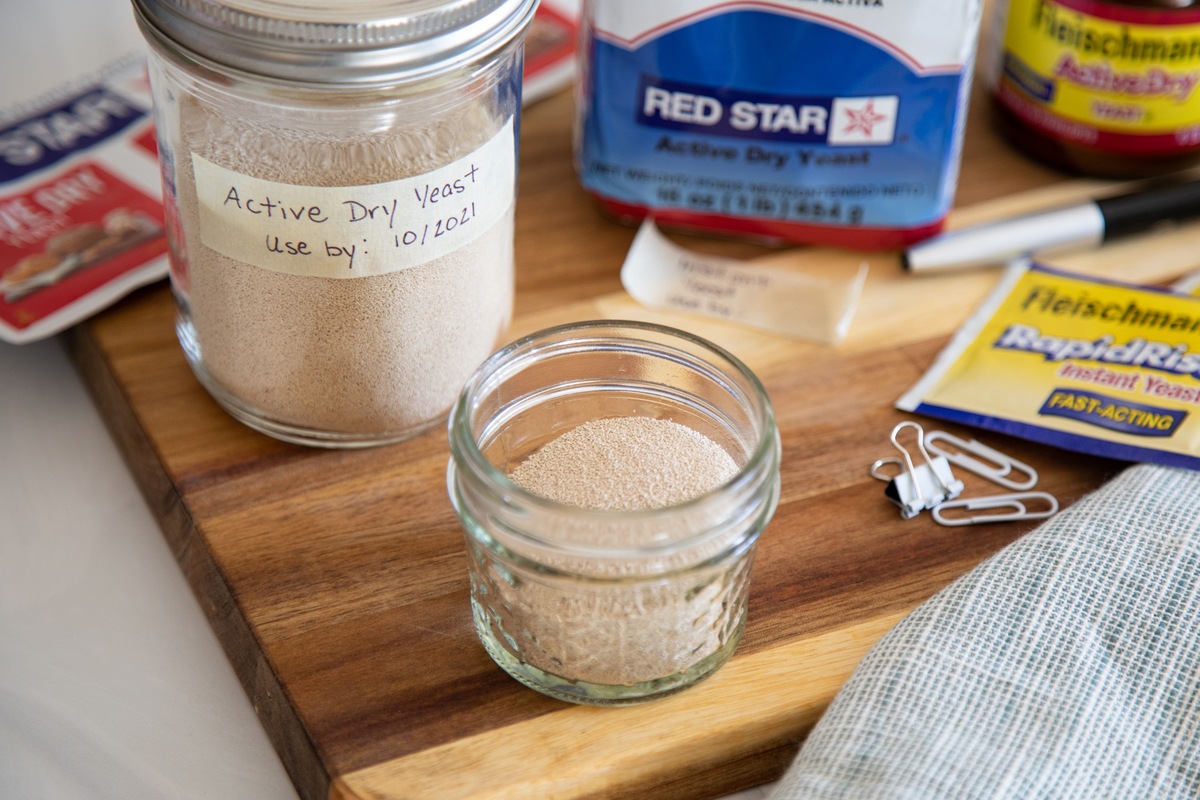
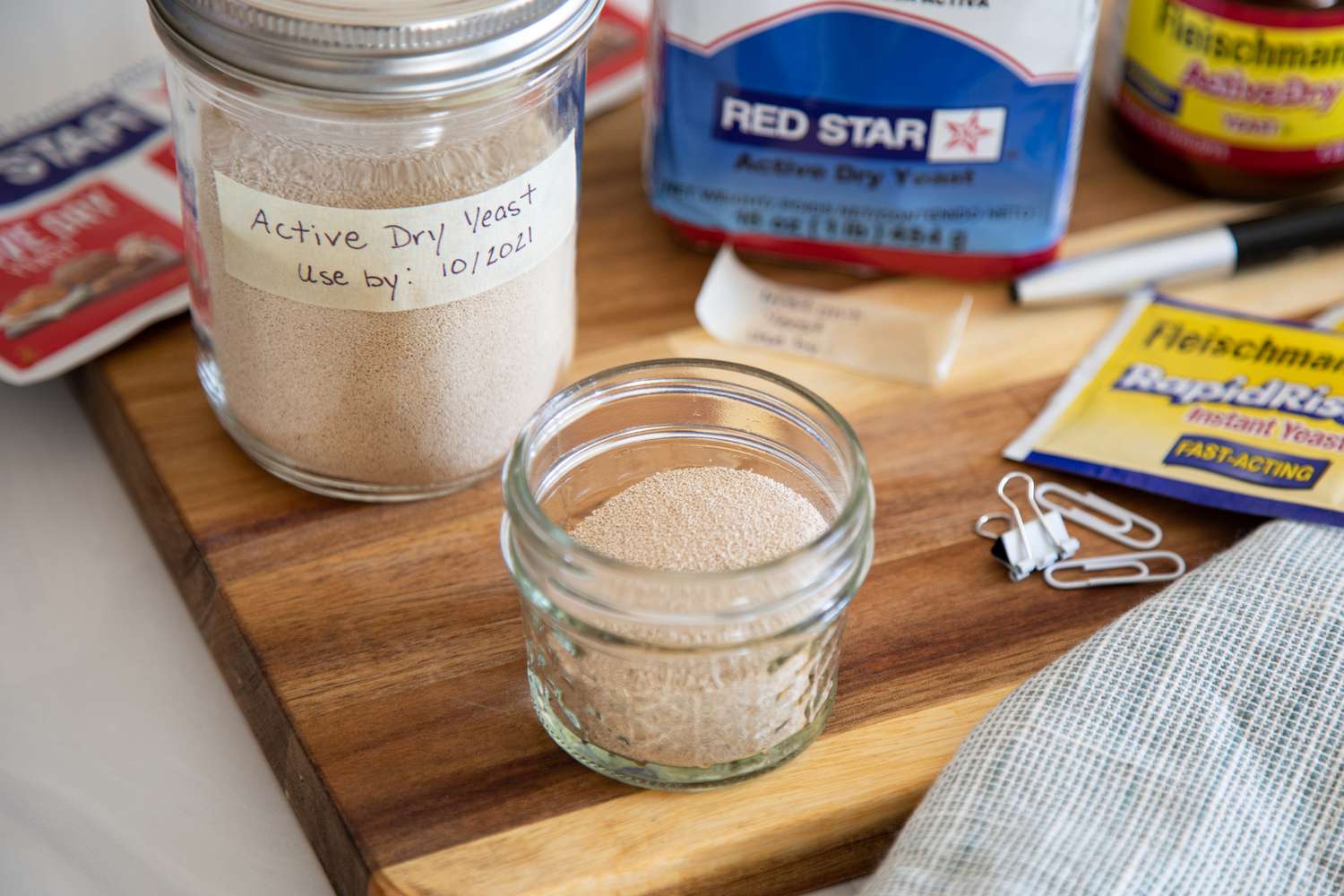
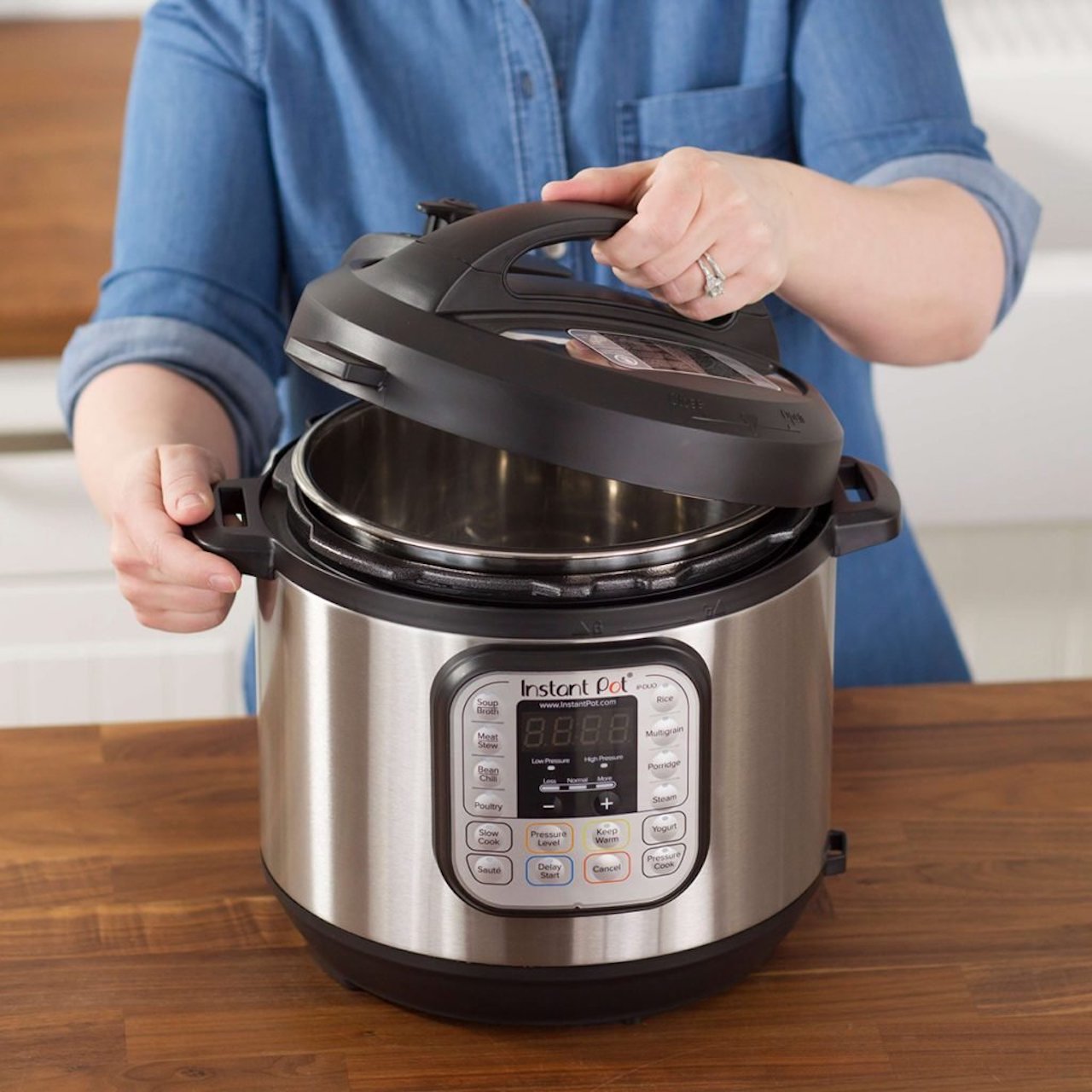
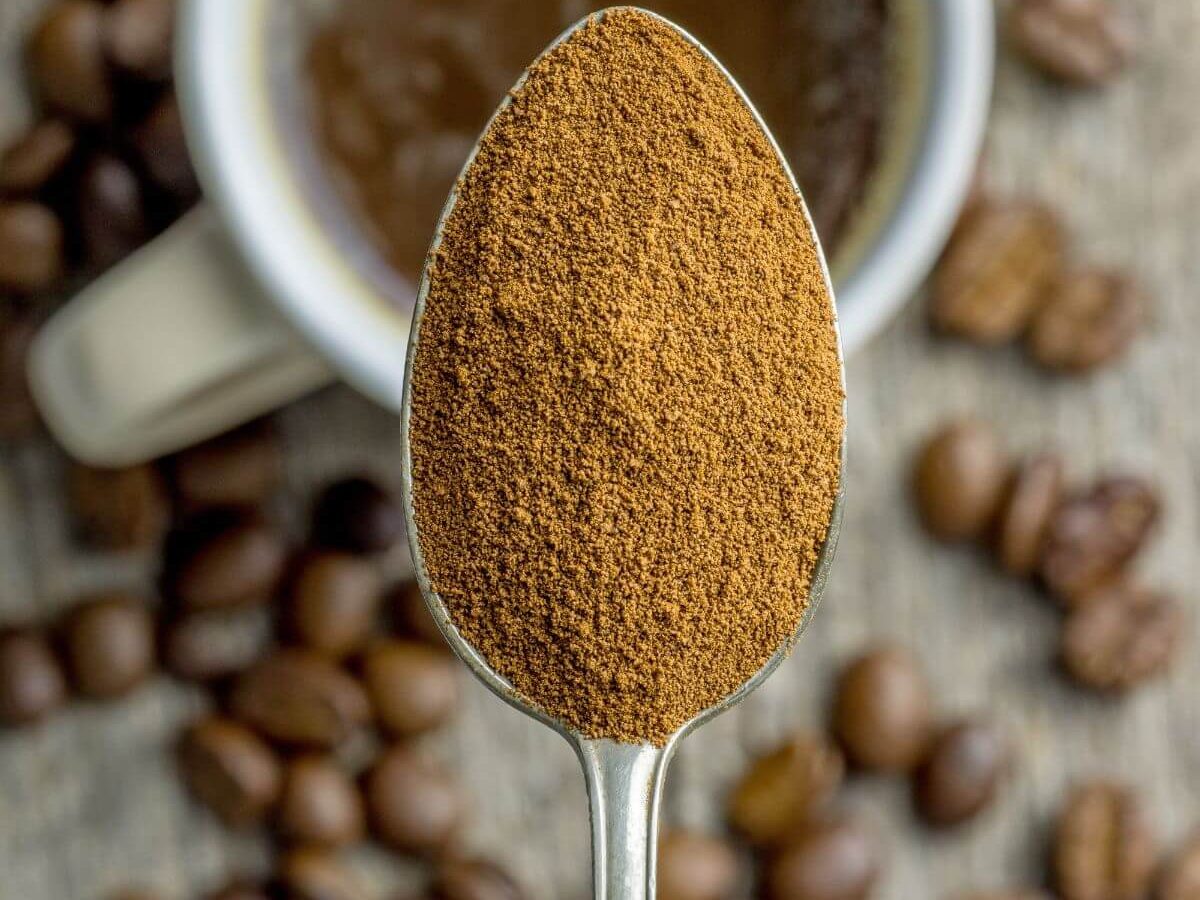
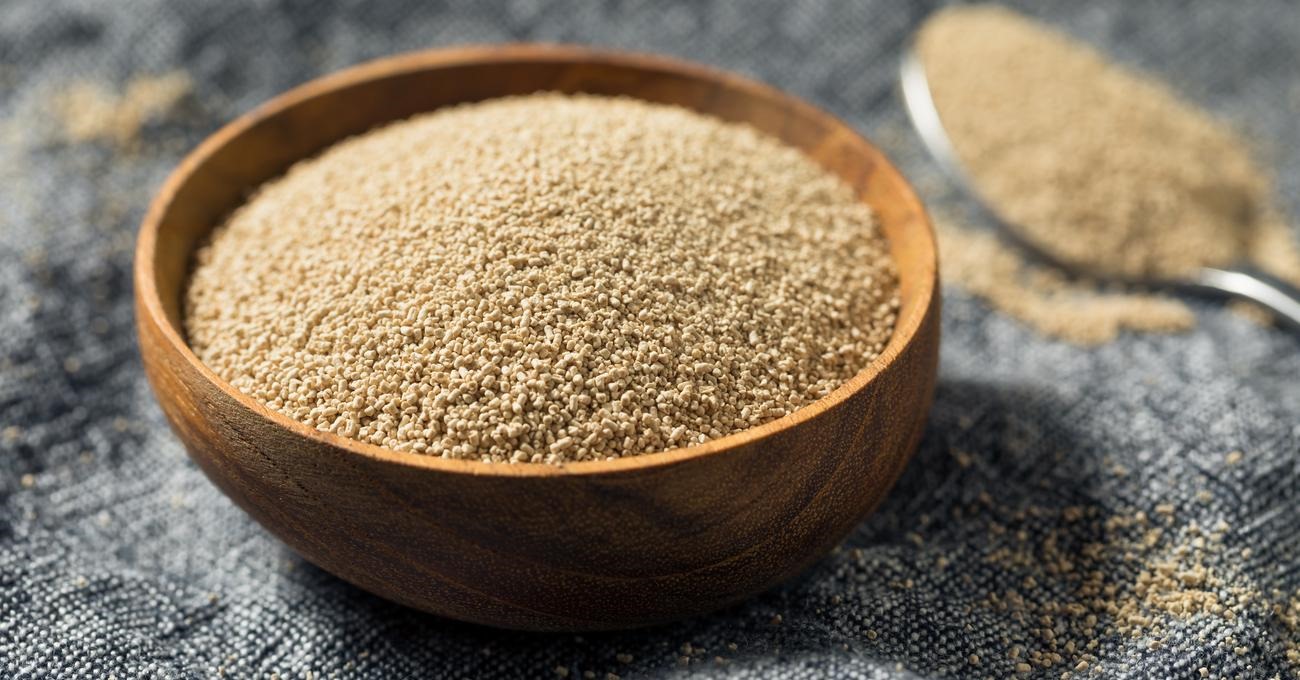



0 thoughts on “How To Store Saf Instant Yeast”